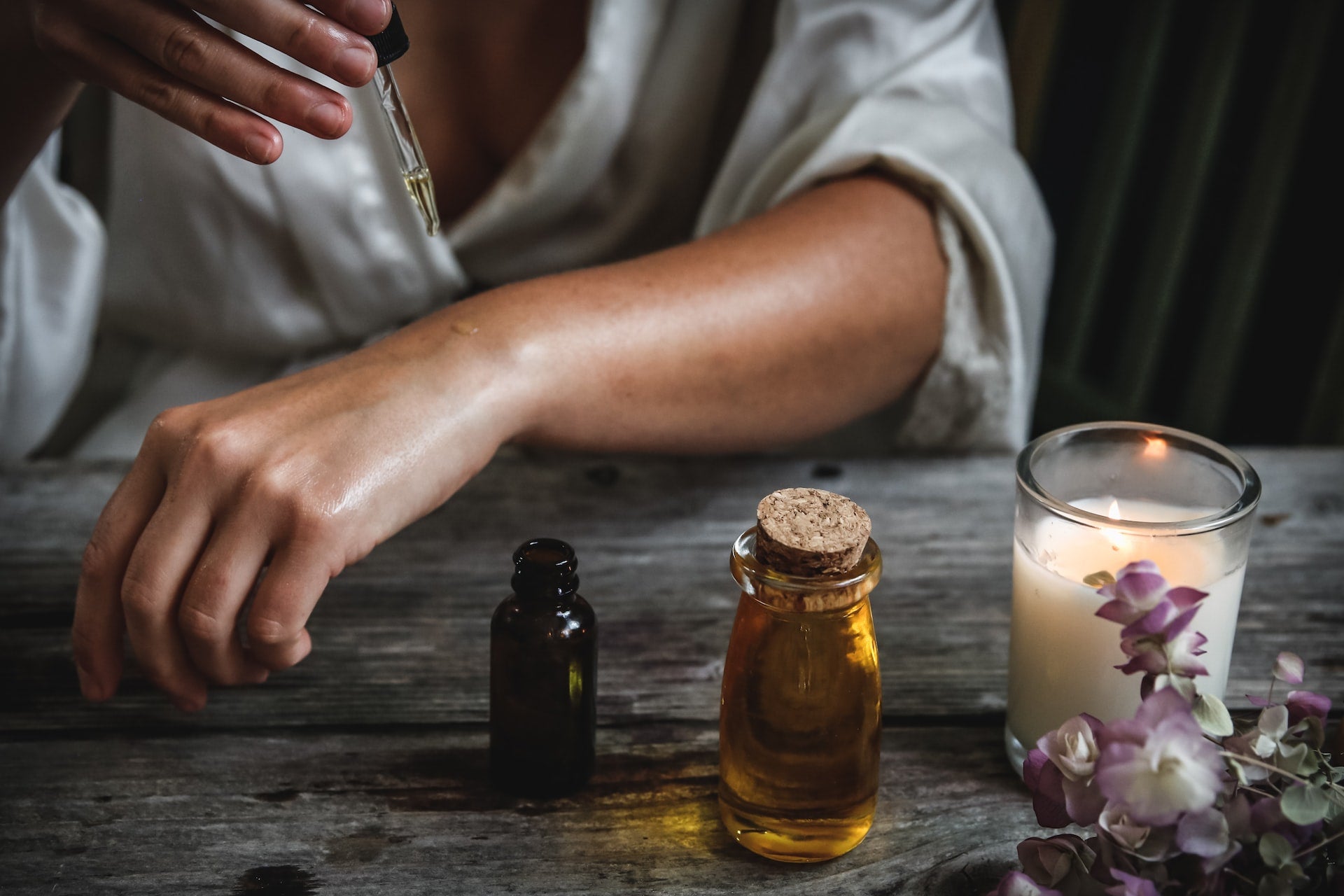


Date: 03 Nov 2025
In today’s sustainability-driven world, many beauty brands claim to be “eco-friendly,” “natural,” or “sustainable.” However, not all these claims are true. Some companies use greenwashing—a deceptive marketing tactic that makes products appear more environmentally responsible than they actually are.
As consumers grow more eco-conscious, learning to spot greenwashing is essential for making ethical and informed beauty choices.
Greenwashing is when a company misleads consumers into believing that their products or practices are environmentally friendly when they’re not. In the beauty industry, this often means using vague labels like “clean,” “eco,” or “non-toxic” without clear proof or certification.
Essentially, greenwashing allows brands to capitalize on the demand for sustainability without making meaningful changes to their ingredients, packaging, or production methods. According to the European Commission’s 2021 study, more than 40% of environmental claims online are misleading. This shows how prevalent the problem has become across global markets, including the beauty industry.

When it comes to greenwashing, marketing language plays a huge role. Companies often use strategic buzzwords and imagery to create a “green” illusion. Here are a few common tricks to watch out for:
Words like “eco,” “green,” or “natural” sound appealing but often lack specific meaning. A product can be labeled “natural” even if it contains only one plant-based ingredient and several synthetic chemicals. Always look for specific certifications instead of relying on marketing phrases. Always look for specific standards, such as COSMOS Organic or USDA Organic.
Brands often use green-colored packaging, leaves, or bamboo motifs to visually imply sustainability. However, this aesthetic doesn’t necessarily reflect what’s inside the product. Don’t judge a product’s environmental impact by its looks alone.
Some brands emphasize one green feature while ignoring others. For instance, they might use recyclable packaging but rely on ingredients sourced through environmentally harmful processes. Transparency across all aspects of production is key.
Some products proudly display claims like “CFC-free” or “paraben-free,” which are misleading because CFCs are already banned globally, and not all parabens are harmful. These terms can distract you from real environmental issues.
You can verify how safe or eco-friendly your product really is using the Environmental Working Group’s Skin Deep database. It rates thousands of beauty products based on ingredient safety and transparency.
Reading beauty product labels can feel confusing, but understanding them is your best defense against greenwashing. Here’s how to interpret them:
Look beyond the front label and focus on the ingredients section. Authentic natural products usually list plant-based components near the top, while chemical-heavy products reveal synthetic or petroleum-based ingredients early in the list.
True eco-conscious brands back their claims with recognized certifications such as:
Each certification has a transparent verification process, so brands can’t simply print these logos without official approval. You can cross-check authenticity through the certifying body’s website.
Sustainable packaging is more than just recyclable material. Look for brands using post-consumer recycled (PCR) materials, refillable systems, or biodegradable packaging. Also, prefer minimal packaging designs that reduce overall waste.
Brands with genuine sustainability goals often publish impact reports or detail their supply chains on their websites. Transparency in ingredient sourcing, labor conditions, and carbon footprint are strong indicators of integrity.

While greenwashing remains a problem, several beauty brands truly walk the talk when it comes to sustainability and ethics. Here are some worth considering:
A pioneer in ethical beauty, The Body Shop has long advocated against animal testing and supports community trade programs. The brand’s packaging is increasingly made from recycled materials, and their transparency about sourcing stands out in the beauty industry.
Lush is renowned for its fresh, handmade cosmetics and strong commitment to waste reduction. Most products come packaging-free, and the brand runs recycling programs to reduce plastic waste. Their ingredient lists are simple, recognizable, and ethically sourced.
Ethique leads in solid beauty bars, eliminating the need for plastic bottles altogether. Their products are vegan, cruelty-free, palm oil–free, and come in compostable packaging. This makes them one of the most genuinely sustainable brands in the beauty space.
Weleda combines biodynamic farming with sustainable manufacturing. Certified by NATRUE, the brand is transparent about its raw material sourcing and actively invests in fair trade and biodiversity preservation.
Kjaer Weis luxury beauty brand offers refillable packaging and certified organic ingredients. Their commitment to sustainability extends from the product design to the sourcing of ingredients, creating a balance between performance and planet care.
1. Why is greenwashing harmful in the beauty industry?
Greenwashing misleads consumers and undermines genuine sustainability efforts. It diverts support from ethical brands, allowing deceptive companies to profit without making real environmental improvements.
2. How can I tell if a brand is truly cruelty-free?
Look for verified cruelty-free certifications such as Leaping Bunny, Choose Cruelty-Free, or PETA Approved. Check official certification databases rather than relying on packaging claims.
3. Are all natural ingredients safe?
Not necessarily. Some natural ingredients can cause allergies or irritations. Always perform a patch test and consult dermatologists when trying new products.
4. What’s the difference between “vegan” and “cruelty-free”?
“Vegan” means a product contains no animal-derived ingredients, while “cruelty-free” ensures no animal testing was conducted at any stage of production. A product can be one without being the other.